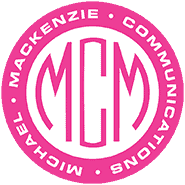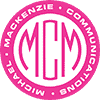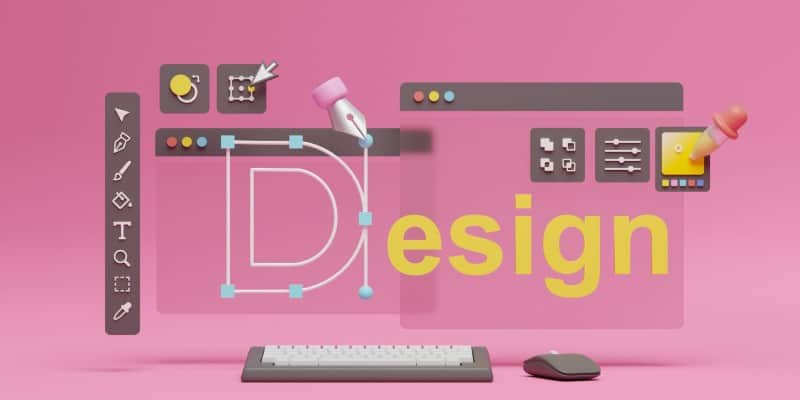We are all aware of the power of branded, eye-catching marketing campaigns, whether from a business/sales perspective or as a consumer. For businesses, compelling graphic design elements play a key role in how products and services are perceived in marketing campaigns. Especially when you combine traditional marketing tactics like print ads and in-store collateral with online tactics. Since the online space spans across Meta (aka Facebook and Instagram) to LinkedIn, TikTok and interactive websites, it’s imperative that you use quality graphic designs to make things come to life.
Which design tools should you use?
Deciding what design tools to use can be daunting. Small to midsize businesses may know what they want to do, but not whether it can be done in-house or if they should hire a marketing firm to manage the entire process. Often the decision is based solely on budget and if they have a robust staff, decide to assign this function to an internal team member. Usually this is someone considered tech-savvy and likely personally active on social media.
My co-worker recently wrote an interesting article about Canva, a graphic design platform popular with many businesses today. Canva offers a free, user-friendly DIY platform that replaces the “thinking part” of graphic design by providing templates, graphics, images and color palettes. Ideal for that inexperienced individual since traditional graphic design usually relies on programs like InDesign or Adobe Illustrator, which have longer learning curves and are also more expensive.
But what is missing from these newer, DIY programs like Canva is that they encourage one to start at the end result, how it looks, instead of how the graphic will be used and the necessary design elements.
Where and in what medium your ad will be published will dictate the elements required since different file formats are needed for different output types. Are you creating a large banner or an in-store display? Is it for your webpage or a Facebook ad?
Images are generally identified as either a Raster file format or Vector file format, and when incorporated into an overall design, influence the quality of your end product. Experienced graphic designers understand the differences and what software is appropriate to use.
Why are Raster and Vector files important and what’s the difference?
At the core level, the difference is the makeup and scalability of each type of image. Raster images are made up of pixels, while vector images are formed by mathematical curves and paths.
When you take a picture with a phone or a camera, the image is recorded as pixel data (like a .jpg file). When these images are uploaded online, the end result is a raster image. Although Raster graphics are great for detailed photos and shareable images, they don’t scale very well. Enlarge a pixel-based photo too much and you’ll start to see heavy pixelation, which looks blurry and unprofessional.
Vectors use a different approach to image renderings. They’re made of paths and curves dictated by mathematical formulas. These paths and curves are produced exclusively through design software like Adobe Illustrator.
Due to their algorithmic makeup, vectors are infinitely scalable and remain smooth and crisp even when sized up to massive dimensions. This scalability makes vector images ideal for designs that include logos and icons, which usually require many details and size options. For example, you might use a logo on something as small as a business card or something as large as a billboard.
I personally like Canva when clients are at events and send pictures to post on social media. Canva allows me to quickly merge these images into an eye-catching design and makes low-resolution pictures look better. But I also know to incorporate a logo created in Adobe Illustrator by our professional design team so that the scaled version is clean and crisp.
DIY design is fun, fast and seems pretty easy. But traditional design elements, and experience with the applicable software, remain important to getting the best end product. Because there’s always more to graphic design than just a pretty final product.
This post is courtesy of MMC Account Manager Laurie Cullen.



